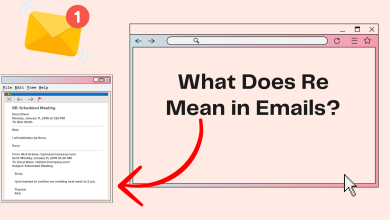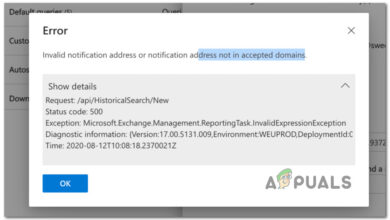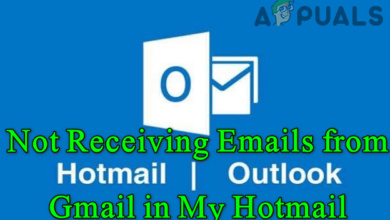10 Easy Ways to Send Large Files Over Email
While email remains a favored and professional means of communication, its attachment size limits can be frustrating. Most email services cap attachments at 25 MB, which might cover just 5 high-resolution images or 5 short videos. This poses a problem for users and businesses relying on email to exchange large files.
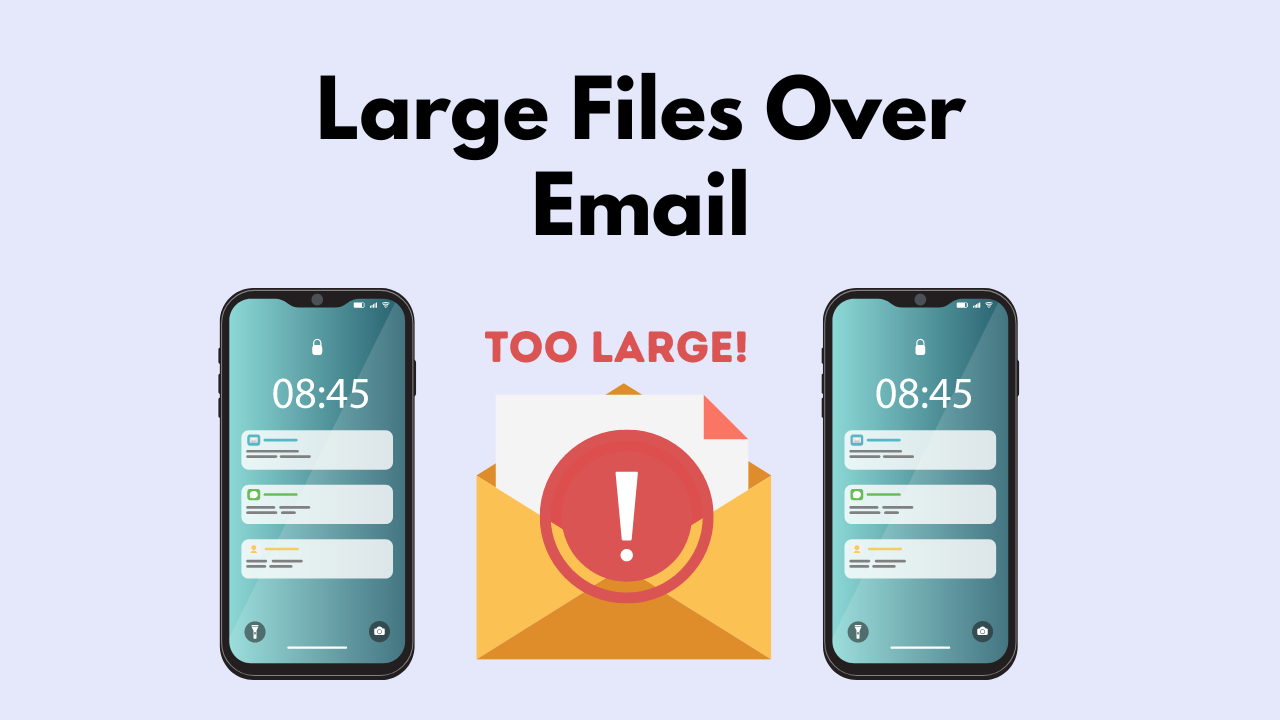
To address this, we’ve compiled a list of 10 simple methods for sending large files via email quickly. If you’re seeing a “Sorry. File too large” error, it’s time to explore these solutions!
1. Google Drive — Best for Gmail Users
Google Drive is a cloud storage service from Google, part of the Microsoft Office Suite. It allows users to upload large files and folders to the cloud and share them via email. Gmail users get 15 GB of free storage.

For files over 25 MB, Gmail replaces attachments with Google Drive links. To use Google Drive in Gmail, click the Google Drive icon at the bottom of your email. Select your files in the Google Drive window and press “Insert” to send.
When inserting files with Google Drive, choose the format:
- Drive Link: For files from Google Docs, Sheets, Slides, or Forms.
- Attachment: For files not created with these services.
Google Drive can also integrate with other email apps, but most have native alternatives. Make sure to regularly clean up old files to keep your 15 GB from filling with unnecessary data.
2. OneDrive — Best for Outlook Users
For Microsoft Outlook users, OneDrive is the ideal cloud storage service. Similar to Google Drive, OneDrive allows users to send documents via link or email, with seamless integration into Outlook. It automatically offers options to save or send large files, reducing manual uploading efforts by handling it automatically.

3. Dropbox — Best Cloud Storage Alternative
Dropbox is a popular cloud storage solution that lets users upload large files and share them via email links. It offers both free and premium plans, with the free tier providing 2 GB of storage and the premium option boosting it to 1 TB. This approach is not only great for sending large files over email; it’s also handy for backing up important files and accessing them from anywhere.

An interesting feature of Dropbox is the Gmail add-on. This tool integrates Dropbox directly into your email, allowing you to send files without leaving Gmail by clicking its icon.
4. iCloud Mail Drop — Best for Apple Mail Users
To address email size limitations, Apple introduced Mail Drop, allowing users to sync data across devices. Mail Drop lets you send files up to 5 GB through Apple Mail.

Unlike Google Drive and OneDrive, Mail Drop uploads your file to iCloud instead of Apple email servers and sends recipients a link that expires after 30 days.
This approach helps avoid permanently hosting files on iCloud and prevents temporary files from accumulating there. However, be mindful of not letting important files expire if you intend to organize them in the cloud long-term.
5. Use File Transfer Tools
For sending large files via email, file transfer tools offer an effective solution with user-friendly interfaces, enabling direct file transfers by email. Several handy file transfer tools include:
1. WeTransfer
WeTransfer provides a simple and hassle-free file-sharing experience, letting you send files up to 2 GB without registering. To use WeTransfer, upload the file, enter the recipient’s email, your email, a brief message, and hit Transfer. An option to password-protect files is available too.

WeTransfer also offers a Pro plan starting at $10/month, expanding storage up to 200 GB with 1 TB of space for temporary file storage.
2. SendAnywhere
SendAnywhere offers a secure file transfer tool, requiring a unique 6-digit key to send and receive files. The key expires after 10 minutes, adding a layer of protection, as files can’t be accessed without it, ensuring safe and secure transfers.

3. MyAirBridge
For a fully encrypted sharing experience, MyAirBridge offers a generous 20 GB of data transfer without needing a subscription. You can either email the files or share them via a link, which recipients open to access. Available on both mobile and computer, it’s user-friendly and secure.
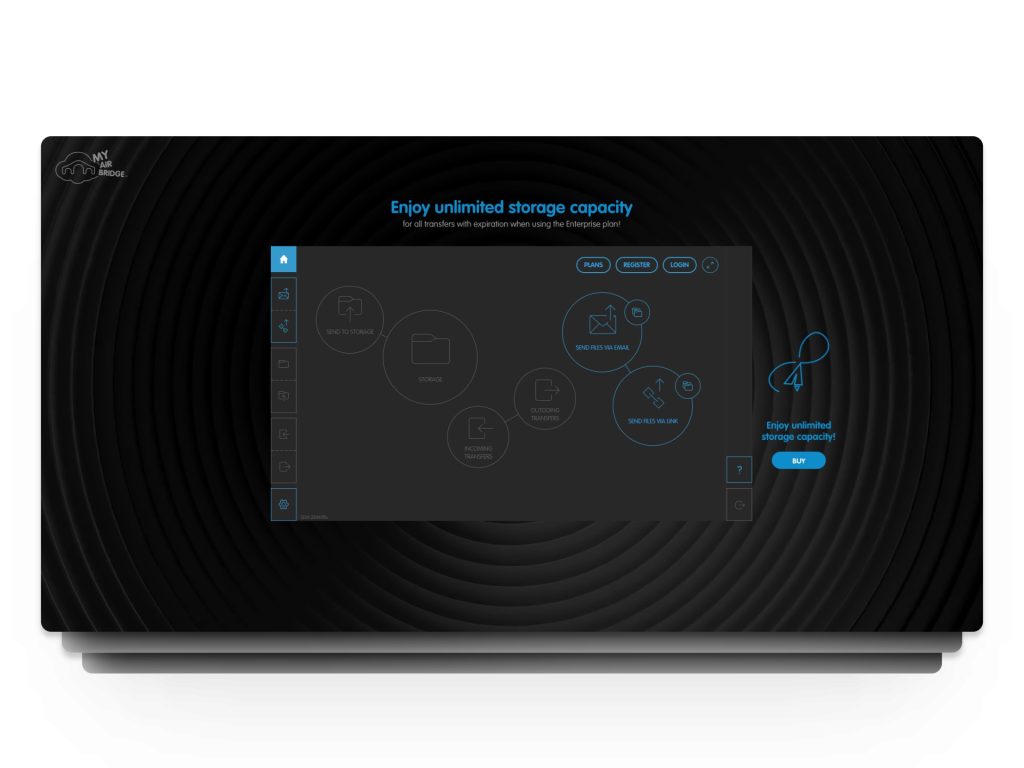
Whether by email or link, it’s straightforward — recipients merely open the provided link to access their files. It’s a user-friendly solution available on both mobile and computer platforms.
4. Put Everything in a Flash Drive
Even if you’re not attaching files directly to an email, you can use it to inform others where and how to access files. Especially when working in person with a team and you want to share a project or video stuck by upload limits.
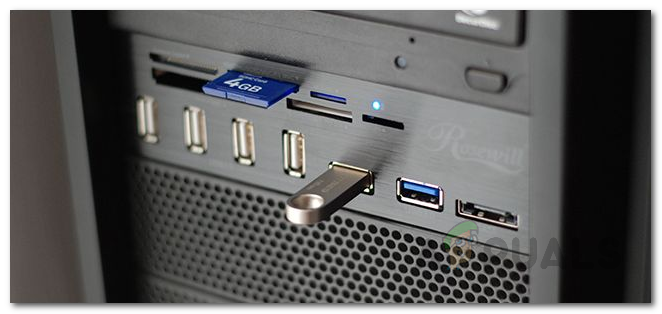
Using a USB flash drive, capacities ranging from 2 GB to 1 TB, enables hand delivery. Alternatively, arrange courier delivery of the USB elsewhere and email tracking details.
5. Compress Large Files or Split Them Up
One straightforward way to send large files via email is compressing them, using free tools like 7-Zip. While compression reduces file size, it may slightly affect quality, more noticable with images and videos. Note: 7-Zip is designed for Windows only.
To use 7-Zip, open File Manager, select your file, choose “Add to Archive,” save it in the same location, and securely add a password if desired.

↪ Splitting Files Into Smaller Parts
Alternatively, split large files into smaller chunks using 7-Zip. For example, you can archive a 50MB file into five 10MB parts, then email each separately. Simply attach and send each part in its own email.

While traditional file-splitting is effective, it might confuse some recipients who may find reassembling files inconvenient. If unsure about their familiarity with the process, opt for a more straightforward method instead.
FAQs
No, the 15 GB of cloud storage isn’t exclusive to Google Drive only. This storage space is used for files you upload, as well as for files created using other Google services, including Google Sheets, Forms, and Docs.
Yes, cloud services, including secure options like Dropbox, use encryption and access controls to protect user data. Users need to configure settings and use strong authentication for added security.
For Mac, “The Unarchiver” is a popular and free file compression tool. It supports various archive formats and is widely used for its simplicity and versatility.
 Reviewed by
Reviewed by 